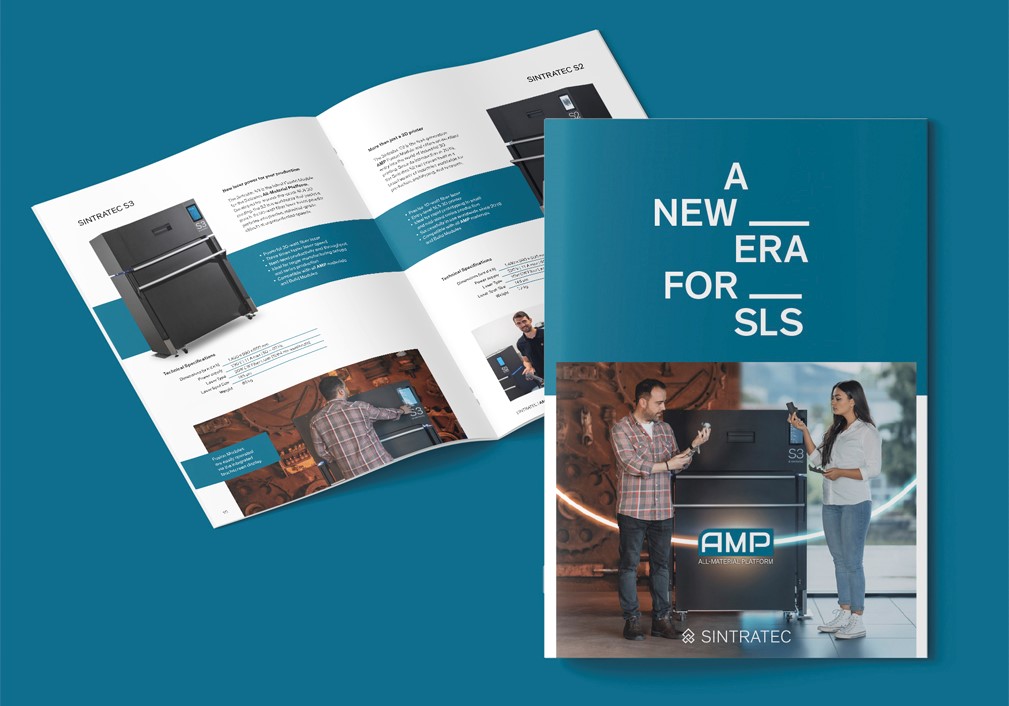Augmented reality meets laser sintering
At the Zurich University of the Arts, augmented reality and 3D printing are being examined as potential teaching materials of the future. For the innovative project, Sintratec provided a 3D printed replica of an archaeological find.
An immersive workbook
Experiencing archaeology up close
«In the book we follow the archaeological object from its discovery, through excavation, documentation and reconstruction, until we finally try to find out what it was used for and where», explains Christen. With augmented reality glasses, the students can experience each step of the process three-dimensionally and animated on the surface of the workbook, in order to gain a better sense of the archaeologist’s approach. In addition to the old medium of paper and the new medium of AR, the teaching material is supplemented by a third: 3D printing.
The chain divider from the Uetliberg
This project is specifically about a bronze object consisting of several chains and rings – a so-called chain divider – which was probably used as an ornament for horses. The find dates back to 400 BC and was uncovered in 2014 at the Uetliberg, a mountain near Zurich. With such a highly complex piece, 3D printing soon proved to be the only viable manufacturing method to create a true-to-life replica. «The 3D printed reconstruction serves as a visual object for the students to experience the dimensions of the find, but can also provide archaeologists with new insights about its possible use», says Christen.
A laser sintered replica
The chain divider was subsequently 3D printed with the durable PA12 nylon material on the Sintratec S2 system. Selective Laser Sintering (SLS) proved to be the ideal choice for Jonas Christen: «The Sintratec technology allows us to reproduce the extremely fine aspects of the object in great detail», he points out. «The accuracy, robustness and haptics of SLS printing were important factors for us.» In the first field test, the SLS chain inspired the students and successfully contributed to the transfer of knowledge. Thus, the exciting combination of augmented reality and 3D printed parts could very well find its way into future classrooms.
“The Sintratec technology allows us to visualize the delicate features of archaeological objects in great detail.”
Jonas Christen
Research Associate
Knowledge Visualization
ZHdK




